- Image that tells a story
- Aesthetically pleasing image
Telling a Story
Usually when you look at some picture, it's much more interesting if it is telling a story. That leaves more room to your imagination since there is much more in the image than what you see. If you can wake the viewers imagination, then the picture is much more interesting to look at.
For example let's take a situation where you are looking some good horror movie about some sea monster. Don't you agree that the monster can be very scary until the moment when you actually see it?
Lets take couple example images..
(images are from National geographics photography contest 2010)
Now there is no point for me telling what story each picture tells. Actually that would be just like in the movie example when somebody shows you what the monster looks like, it would not be so interesting anymore.
The key here is that each viewer sees these images differently and form different stories in their minds. They all tell a story, but let the viewer decide what that story is!
Basically the image is a set of conceptions where the viewer is the artist who finishes the painting.
Aesthetically pleasing image
These are the kind of images that is not based on telling a story, but creating blobs of color that is pleasing to watch. Good example of this is once when I was in a bus going back home, there was a beautiful sunset. I was sitting at the back looking at it, and then I noticed that it's unusually quiet. There is always somebody talking in a full bus. So I looked around and saw how every head in the bus was turned to the sunset admiring its beauty.
(images are from National geographics photography contest 2010)
How?
When going deeper from what in to how, it's difficult to separate storytelling theory from beauty theory since they have concepts that are similar.I would break the theory of making interesting images in three categories
- Contrast
- Composition
- Conceptions
Now when you create or photograph images you should remember that these theories are usually tied together and support each other.
When making pictures that has a story, you usually give the viewer a set of conceptions and guide the story with contrast and composition. This might sound complicated, but it can also be very simple.Let's get an example.
The plastic bag is the conception that tells a story in this image. Viewer is guided to look at that plastic bag using contrast of simplicity (water and sky) and detail in recognizable forms.
The plastic bag works also as a contrast of garbage and nature so it attracts the eye because we are not used to see dolphins swimming with plastic bags.
Contrast
The idea of creating contrast is to attract the eye. You can also create more aesthetic images with contrast of things.
Now some of you might think that contrast is only a difference between white and black, but that's not all that I mean with contrast. Contrast is the difference between things. So contrast is light and dark, round and sharp, new and old, natural and technical, complex and simple.. You get the point.
You can also think that contrast is separating one thing from another, and you can take that thinking to very abstract level. For example paint something that hasn't been seen before and that way creating a contrast between existing paintings and your new painting.
Composition
The idea of composition is to guide the eye to some area or point. You can also create more aesthetic images with composition of elements.
Conceptions
Giving the viewer conceptions is a big part of story telling in pictures.
You can give conceptions as small hints as you guide the eye to some element in the image or you can make it really stand out.. and anything in between.
Conclusion
This was just an introduction of making interesting images and this article should give you only the big picture and make you start thinking of this subject. I will dive deeper in to Contrast, Composition and Conceptions in following articles.
Click here to go to the next article that will go deeper in to the subjects of Contrast, Composition and Conceptions
Giving the viewer conceptions is a big part of story telling in pictures.
You can give conceptions as small hints as you guide the eye to some element in the image or you can make it really stand out.. and anything in between.
Conclusion
This was just an introduction of making interesting images and this article should give you only the big picture and make you start thinking of this subject. I will dive deeper in to Contrast, Composition and Conceptions in following articles.
Click here to go to the next article that will go deeper in to the subjects of Contrast, Composition and Conceptions
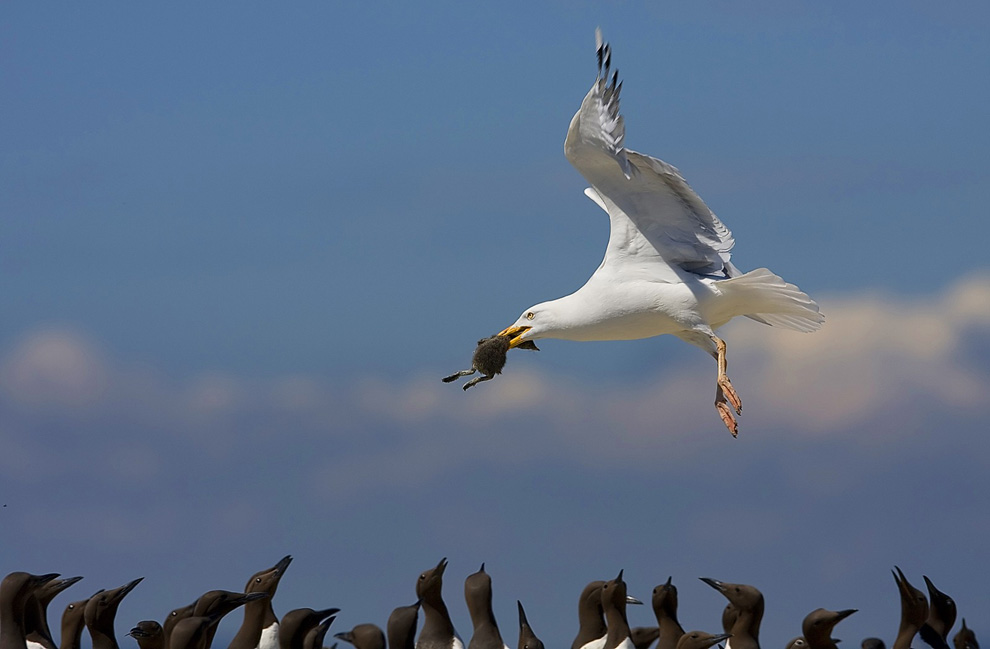
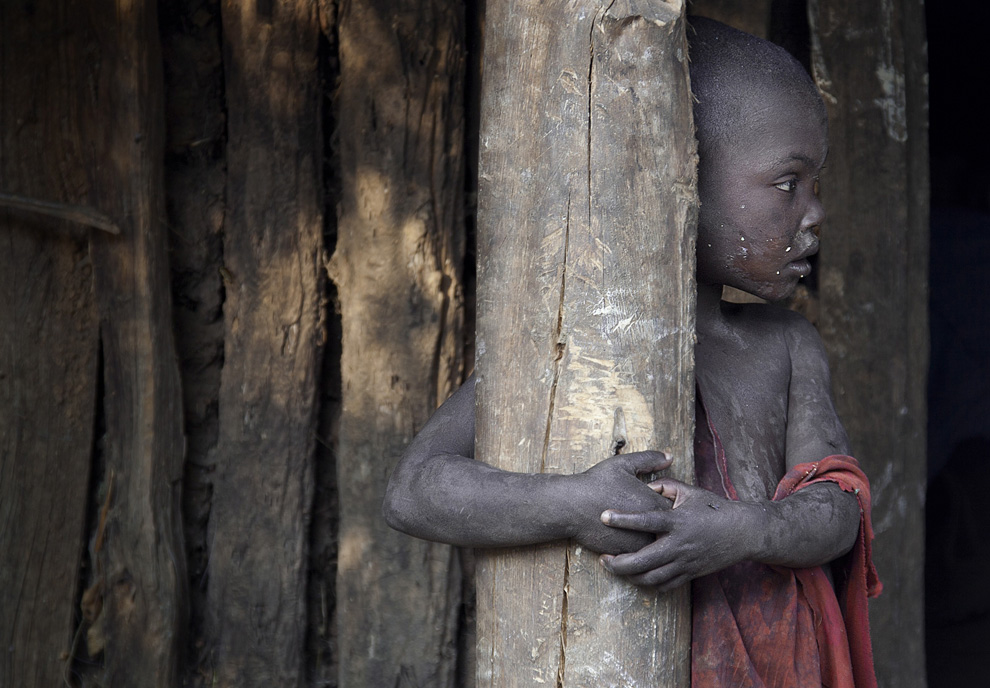
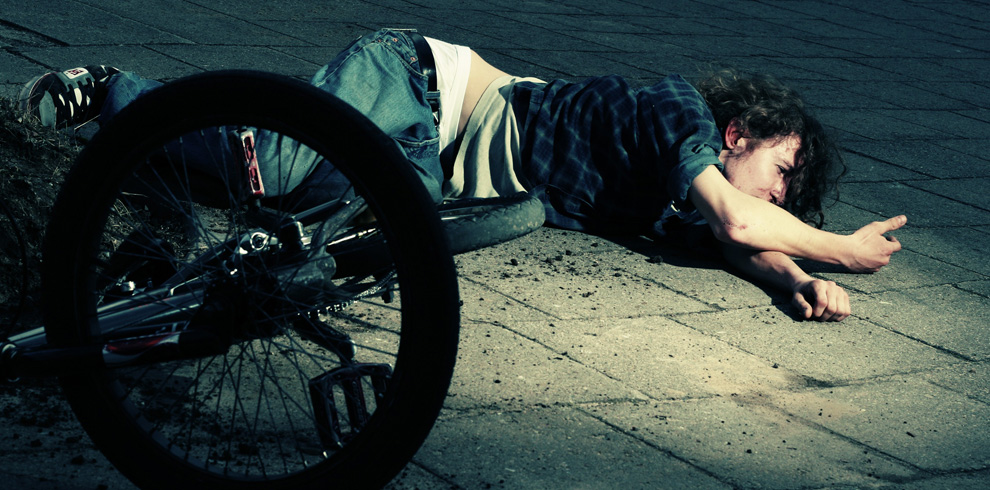
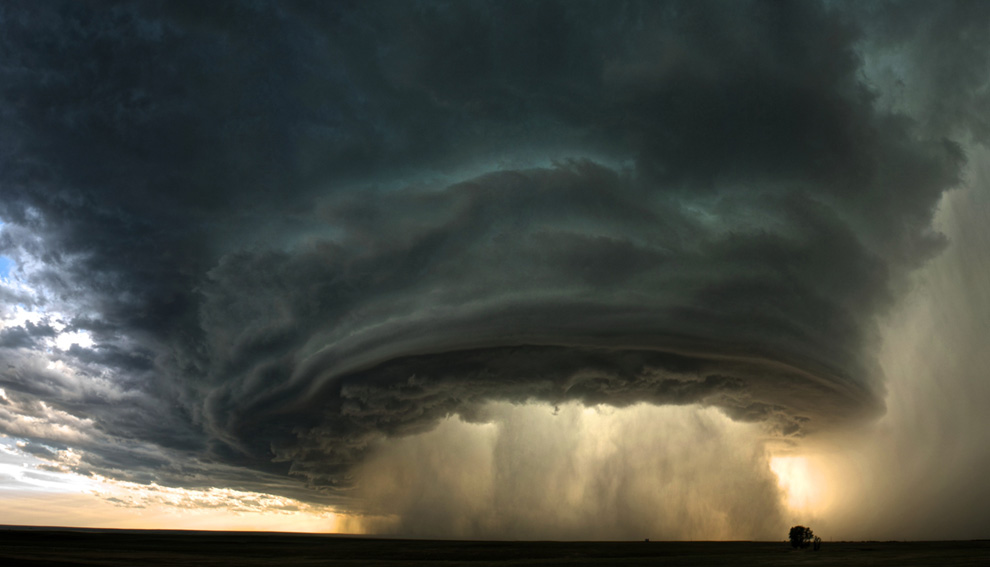
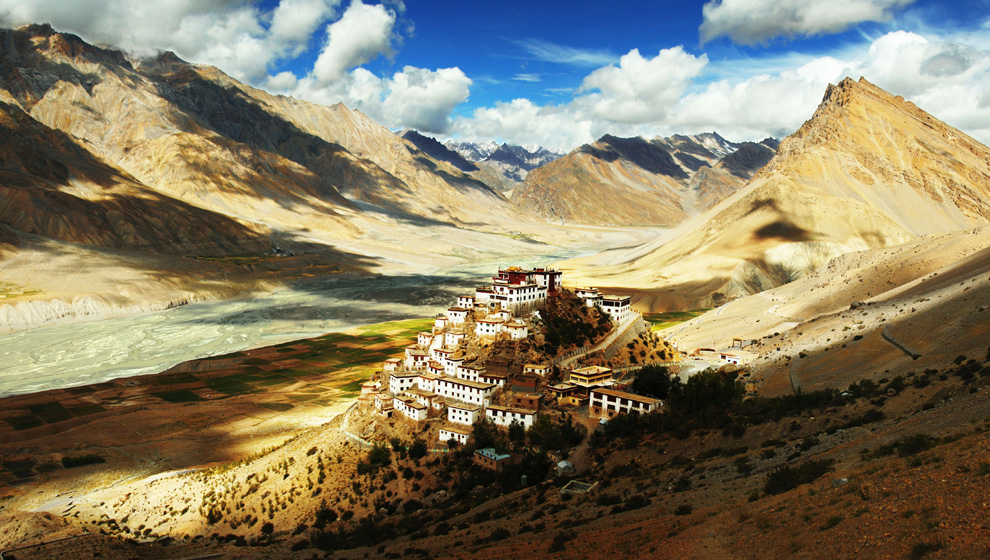
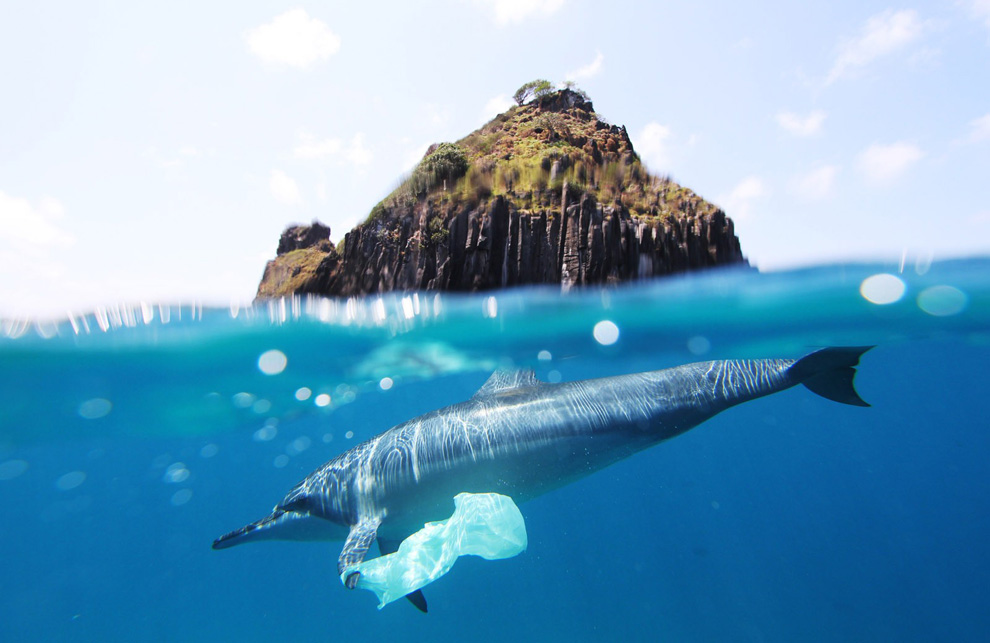
No comments:
Post a Comment